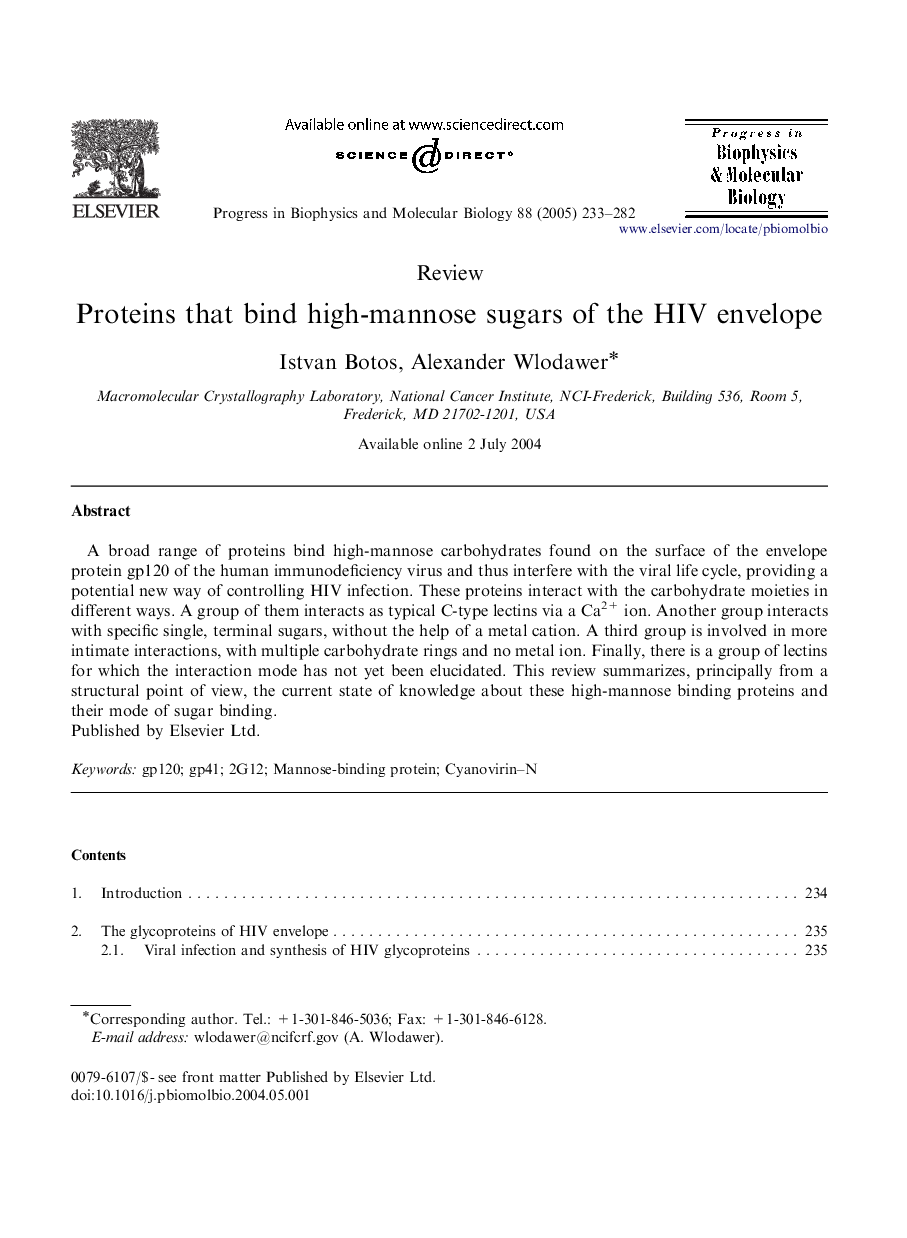| Article ID | Journal | Published Year | Pages | File Type |
|---|---|---|---|---|
| 10883730 | Progress in Biophysics and Molecular Biology | 2005 | 50 Pages |
Abstract
A broad range of proteins bind high-mannose carbohydrates found on the surface of the envelope protein gp120 of the human immunodeficiency virus and thus interfere with the viral life cycle, providing a potential new way of controlling HIV infection. These proteins interact with the carbohydrate moieties in different ways. A group of them interacts as typical C-type lectins via a Ca2+ ion. Another group interacts with specific single, terminal sugars, without the help of a metal cation. A third group is involved in more intimate interactions, with multiple carbohydrate rings and no metal ion. Finally, there is a group of lectins for which the interaction mode has not yet been elucidated. This review summarizes, principally from a structural point of view, the current state of knowledge about these high-mannose binding proteins and their mode of sugar binding.
Keywords
Related Topics
Life Sciences
Biochemistry, Genetics and Molecular Biology
Biophysics
Authors
Istvan Botos, Alexander Wlodawer,
